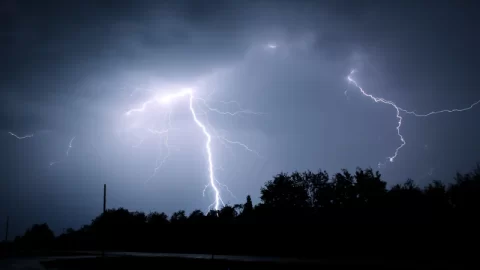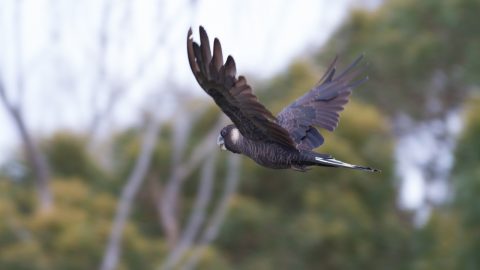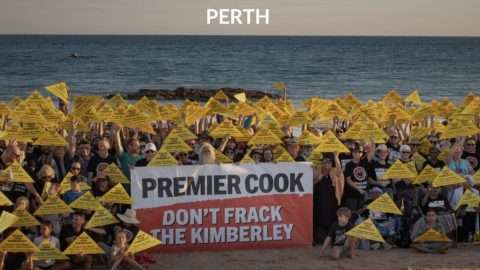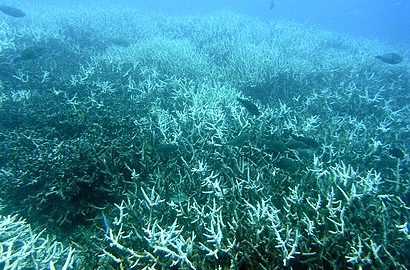Code Red
Who will bear witness?
Silent, steadfast as a heartbeat,
they do not turn away from grief
but stand their ground
so the world – if it
cannot be saved –
at least need not die alone.
Liana Joy Christensen
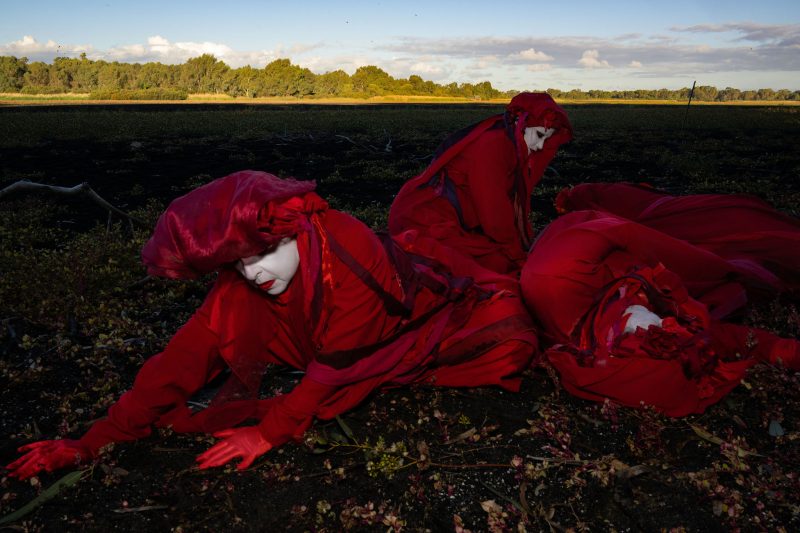
#MilesTweediePhotography
For most residents of the south-west of Western Australia, the summer of 2023/24 has been one of endurance and loss. Throughout our urban areas, we noticed street trees dying. Our precious local bushlands turned brown as understorey and even large old trees began to curl up under the stress of drought.
As the dire predictions of climate change science continue to manifest globally, we here in the south-west of Western Australia, an internationally recognised biodiversity hotspot, are experiencing an unprecedented level of impact and loss. Despite the palpable signs of the climate apocalypse in WA, both the Federal and State ALP Governments are ‘stepping on the gas’ and promoting the expansion of WA’s LNG industry, potentially undermining Australia’s Paris Climate Treaty obligations.
The Conservation Council of Western Australia reports that ‘WA is on the frontline of climate change impacts. Our state has just experienced its hottest and driest summer on record, causing forest collapse in the south-west, and turtle and penguin deaths in Perth last month.’
The recent massacre of turtles by foxes at Walliabup/Bibra Lake is just one example of tragic wildlife casualties brought on by a variety of factors, including the changing climate and lack of action on feral animal control.
How do we as humans process the losses provoked largely by the actions of our own species? The feelings of grief, loss, and guilt can be overwhelming. And how do we mark the passing of an animal or plant? There are no roadside memorials to them, no ceremonies or actions of collective grief. Sometimes there is just the simulacra of a mural or a public sculpture depicting the dying or endangered species that once lived in the neighbourhood. The admittedly beautiful black cockatoo sculptures on South Street near the Kwinana Freeway, signal that St John of God and Fiona Stanley Hospitals, which now offer healing to humans, were once the essential habitat of these critically endangered birds.
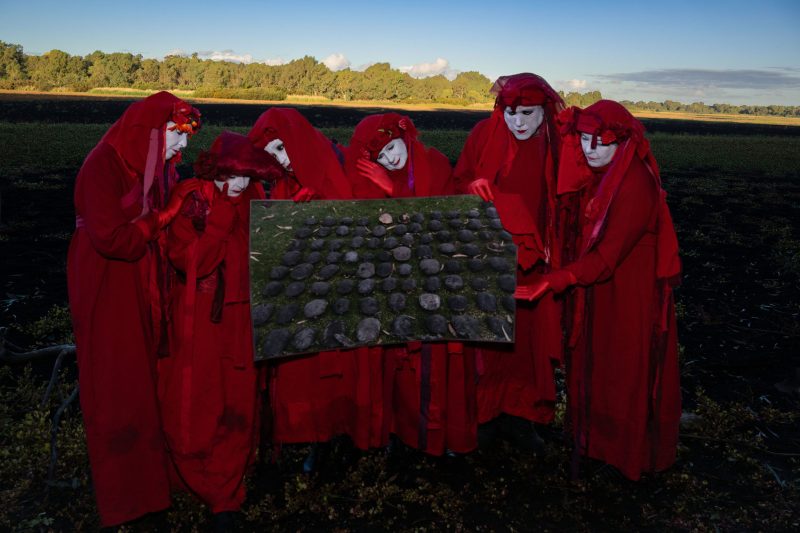
#MilesTweediePhotography
Many of us put our rage, helplessness, and sorrow into action. We help to regenerate and care for bushlands, write submissions to government bodies, pick up rubbish, and attend protests. Some of us write songs and poems, about our animals and plants, our rivers, soil and fungi. All necessary tasks. But what do we do with the grief that sits in our bodies and burns in our hearts?
On Friday 31 May, Red Rebels manifested at Bibra Lake to mourn the loss of 117 southwestern snake-necked turtles (Chelodina oblonga) from fox predation. The mauled turtle carapaces were found on the dry lakebed by members of Bibra Lake’s turtle tracking team. The Red Rebels were there to grieve and lament this huge loss, and to show that there are people in the community who will not let nature slip away without human presence in solidarity and in sorrow.
Red Rebels dress in red robes and often have white-painted faces held in expressions of grief. Red Rebels originate from Invisible Theatre founded by Doug Francisco who gained his inspiration from Bhutto dance theatre– the dance of death – that first appeared in response to Hiroshima/Nagasaki in 1993.
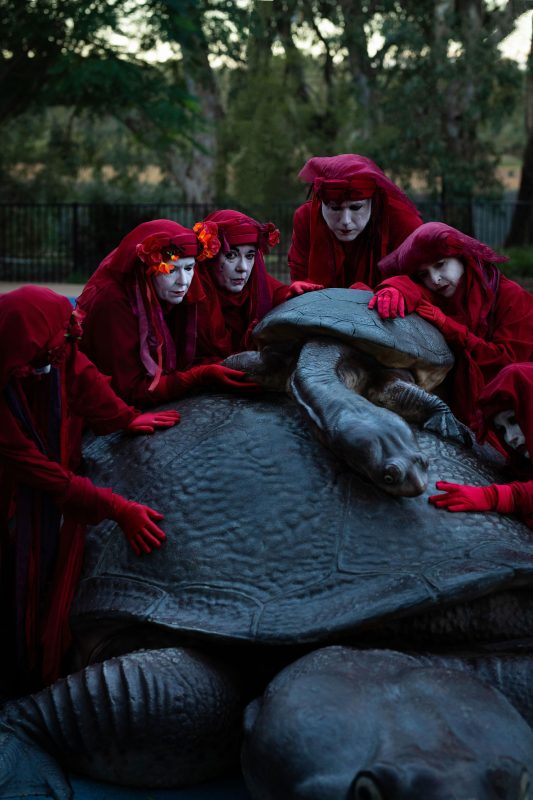
#MilesTweediePhotography
Red Rebels are silent, using a gestural language that is slow with repeated movements, breathing, slow walking, eye contact and tableaux. Some Red Rebels have tears inscribed on white bhutoesque faces, but aim to represent hope through bearing witness to loss of biodiversity and showing reverence and gratitude for living vibrant systems in our natural environment. Whilst they are slow in their movements, they aim to energise and embody “solastalgia” or grief for loss of landscape through drought, floods, fire rising sea levels, coral bleaching etc. They are silent yet listening actively to the scientists who warn about the climate breakdown evident in our living environments.
For the Red Rebels, the colour red represents blood – a life force to counter against ‘climate doomism’. With over 20 manifestations since 2019, the Red Rebels have drawn attention to rising sea levels, protested to end fossil fuel funding to the arts, witnessed the Intergovernmental Panel on Climate Change (IPCC) readings, attended protests and blockades against corporations who ignore climate warnings, and show solidarity to First Nations people who must negotiate with mining companies profiting from fossil fuels that are fuelling climate change on Aboriginal land.
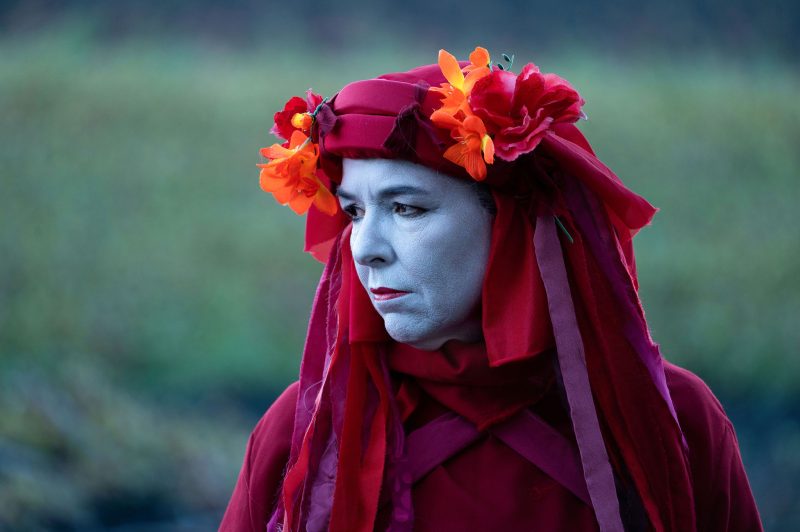
#MilesTweediePhotography
In these precarious times when the effects of climate change are writ large, it seems imperative that as humans, and as communities, we find some way to hold and remember, the beings we are losing, those more-than-human species whose lives have been disregarded in pursuit of wealth and the needs of the 8.1 billion humans that inhabit the planet with them.
As a spokesperson for the Red Rebels comments ‘we have to stay determined, defiant and focussed on being positive about a better future. Like the Greek chorus we move as one, act as one and feel as one, to shine light on repressive laws that are criminalising protest, or being tone-deaf to science and unmoved by ecological destruction.’

#MilesTweediePhotography
Words by Dr Nandi Chinna, Writer and Poet. Photographs by Nancye Miles-Tweedie of #MilesTweediePhotography.
~~~~~~~~~~~~~~~~~~~~~~~~~~~~~~~~
* If you’d like to COMMENT on this or any of our stories, don’t hesitate to email our Editor.
** WHILE YOU’RE HERE –
PLEASE HELP US TO GROW FREMANTLE SHIPPING NEWS
FSN is a reader-supported, volunteer-assisted online magazine all about Fremantle. Thanks for helping to keep FSN keeping on!
*** And don’t forget to SUBSCRIBE to receive your free copy of The Weekly Edition of the Shipping News each Friday!
****AND Shipees, here’s how to ORDER YOUR FSN MERCH. Fabulous Tees with great options now available!
